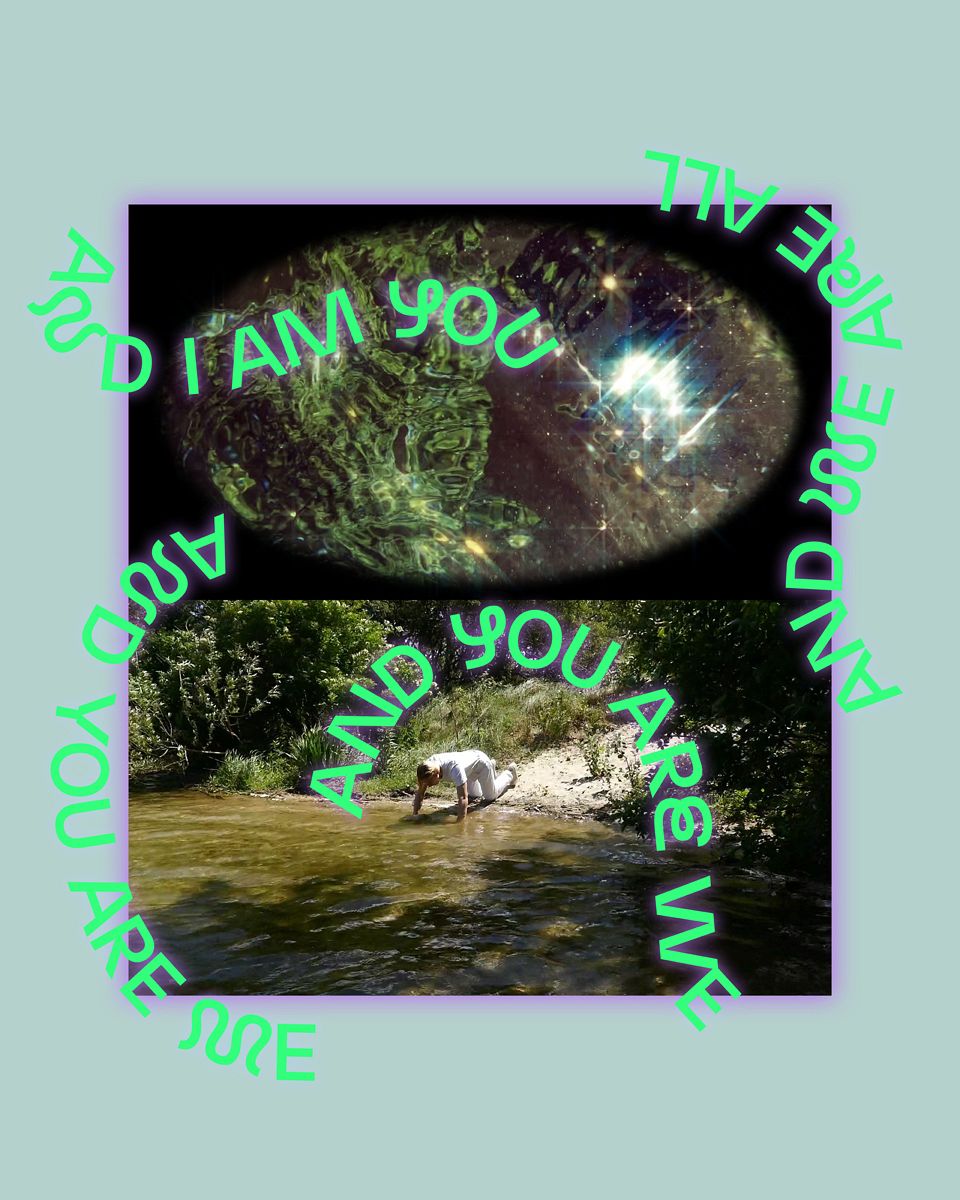
Tilius Sodeika
Internship: De Ronners
tilius.sod@gmail.com
www.instagram.com/tilius.mov/
kabk.github.io/go-thesis-20-tilius-sodeika/
Tilius Sodeika is a graphic designer who works with video, typography and conceptual design. T. Sodeika specialises in kinetic typography, editorial design, video art, sound design, editorial design and has developed an interest in working with topics ranging in philosophy, ecology, sociology, urbanism. He applies his technique to a wide rage of mediums both with digital and analogue materials. He is strongly driven by working with space and interaction in spaces. Tilius has left Vilnius in 2010 when he was only 16, and over the last 10 years He has lived in Bath(UK), Amsterdam(NL), Brenderup(DK), Sydney(AU), Melbourne(AU), Santarder(SP), The Hague(NL), also occasionally coming back to his home town, Vilnius, or back-packing between those destinations. He now has moved to Berlin(DE) to continue expanding his visual dictionary and broaden his scope of experiences. By applying those experiences to his work, T. Sodeika is developing a unique voice for graphic design.
GRADUATION PROJECT
And I am you & you are me & you are we & we are all
In his film installation And I am you & you are me & you are we & we are all, Tilius Sodeika questions the constructs of nature and explores his metaphysical coordinates of living in the rise of climate change era. Tilius analyses how semiotical relations with nature are constructed by interviewing Professor Teun Terpstra, a researcher in climate change psychology. The film merges abstract with scientific, resulting in a visual poem that confronts the viewer with nature’s sublime, delivered with a turbulent, at times frightening, phonic range. The island screen installation invites the audience to experience the film from multiple perspectives: a gesture that urges one to reshape their perception of nature.
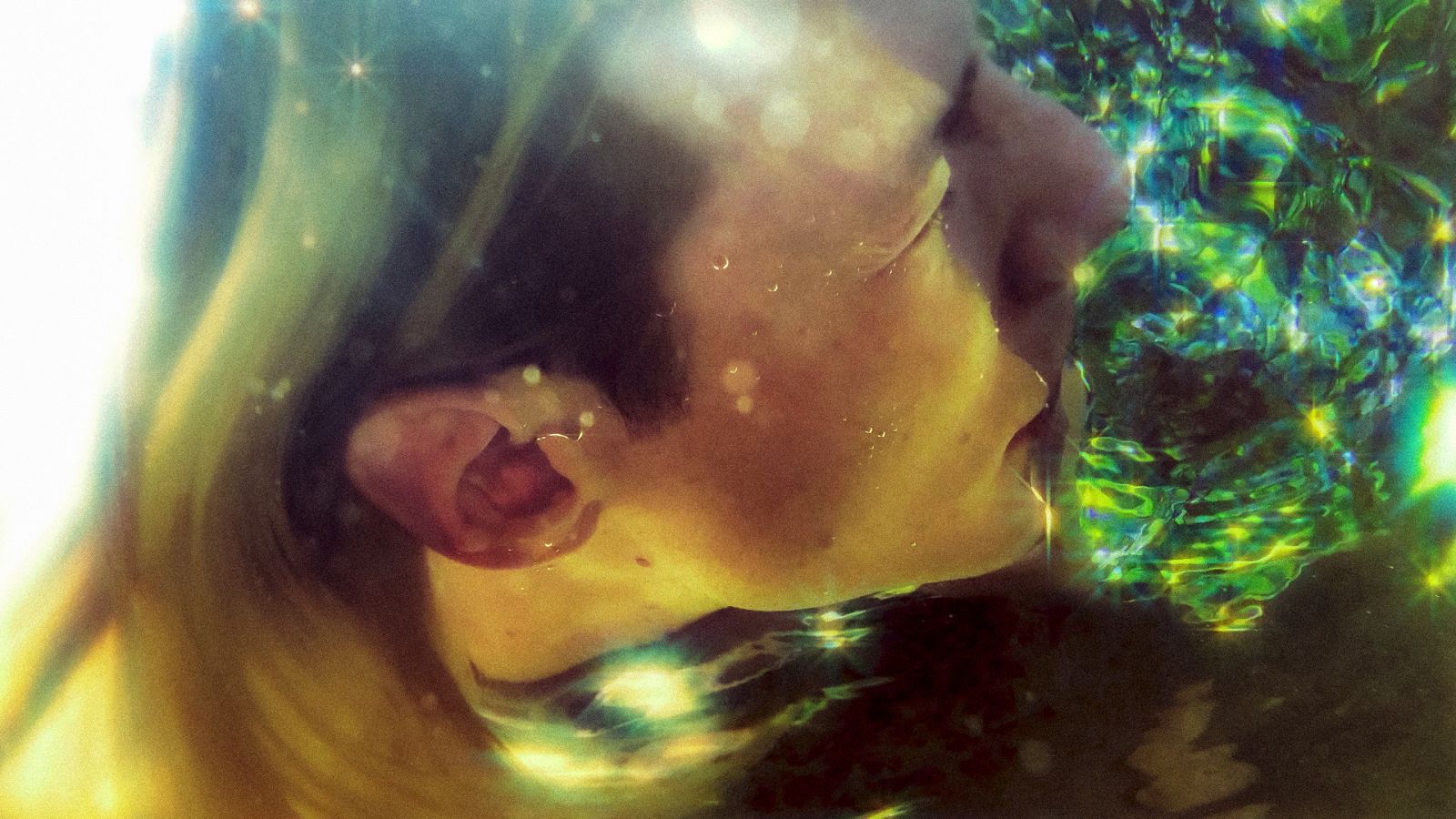
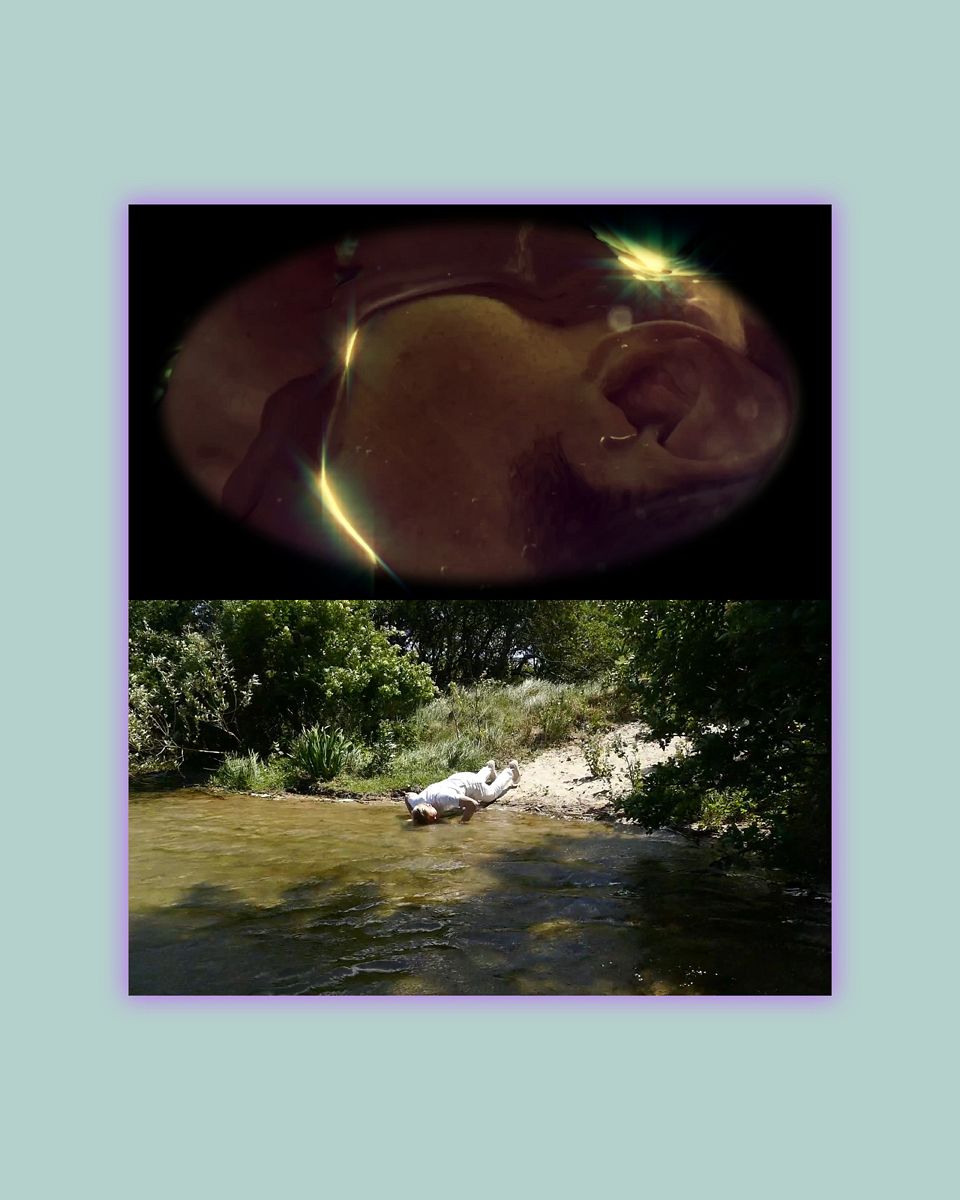
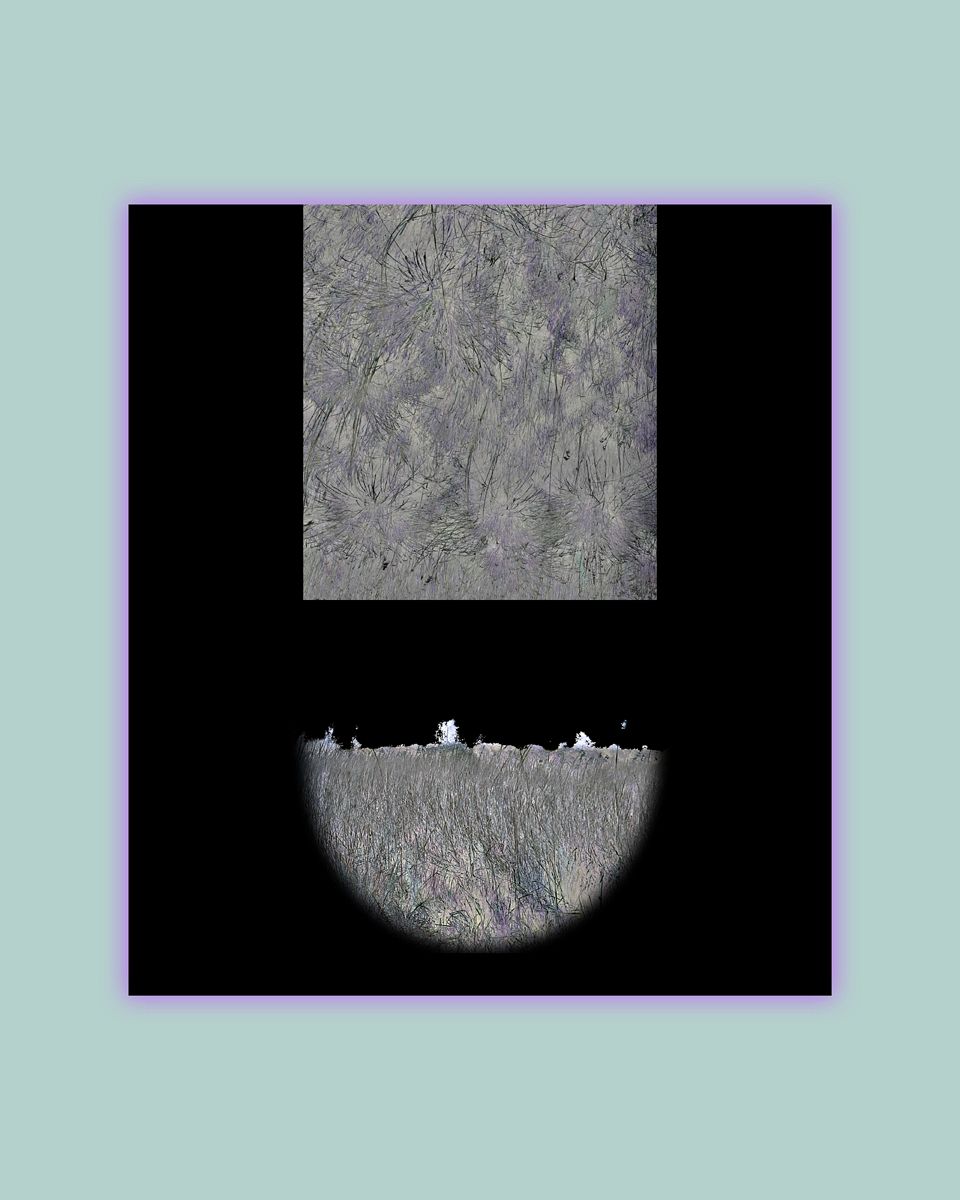

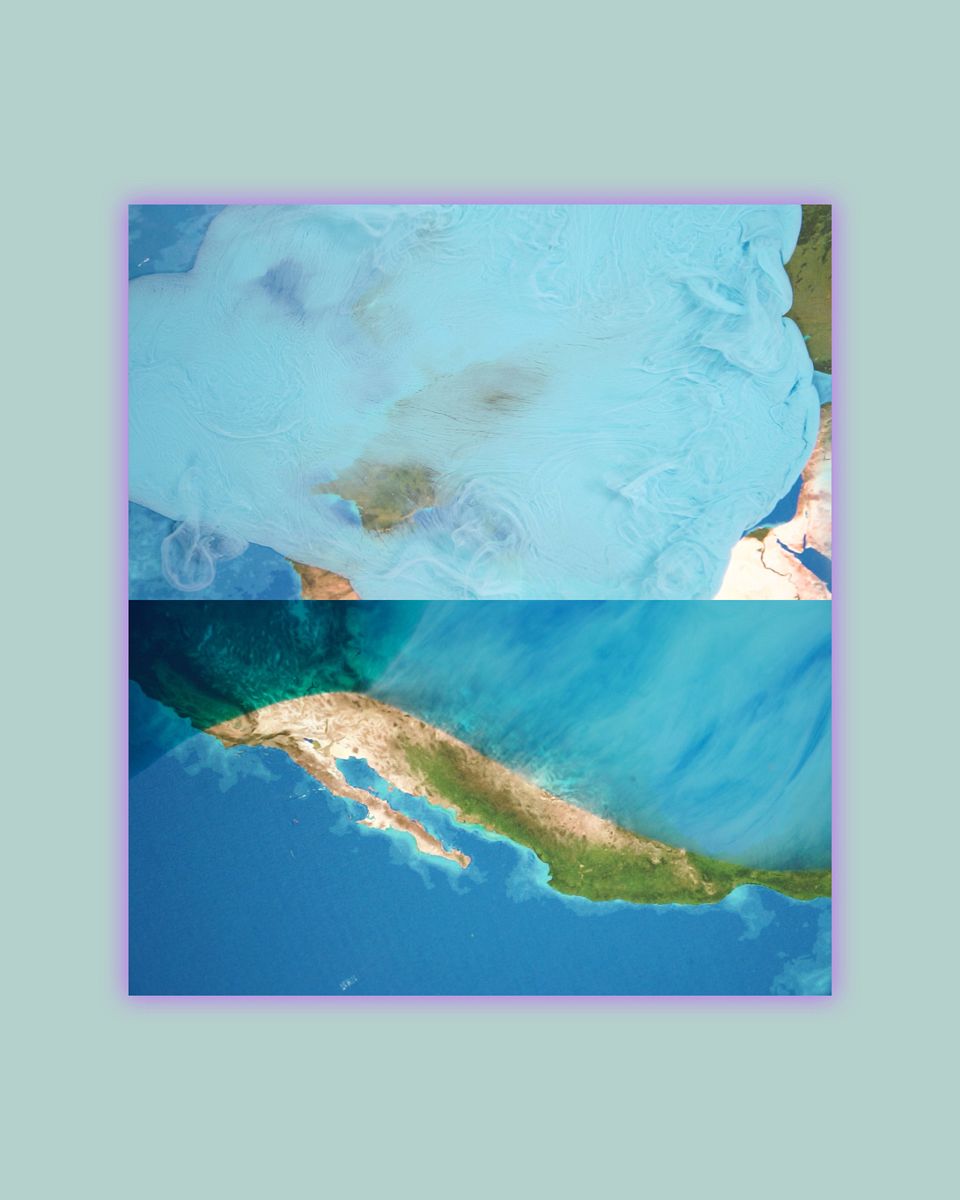
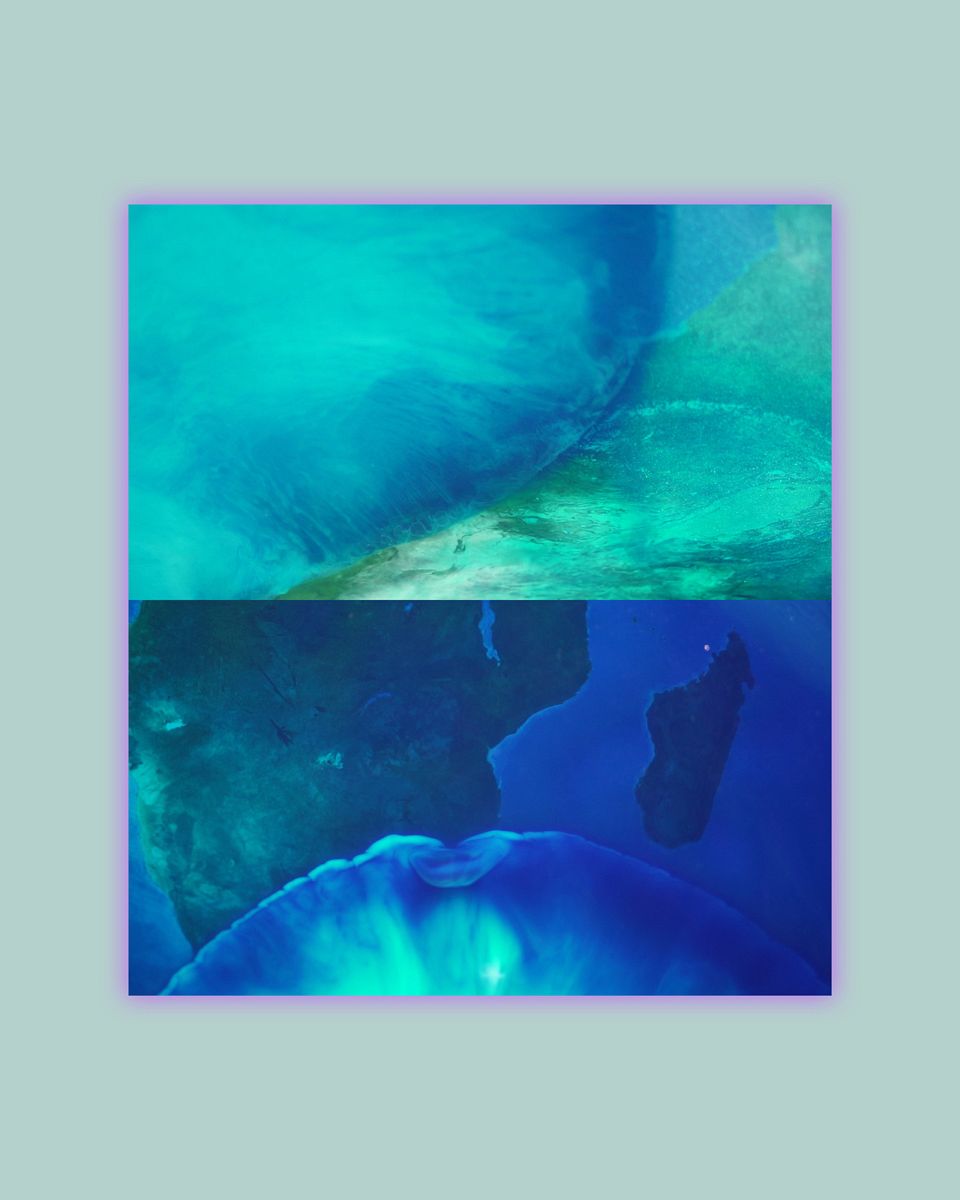
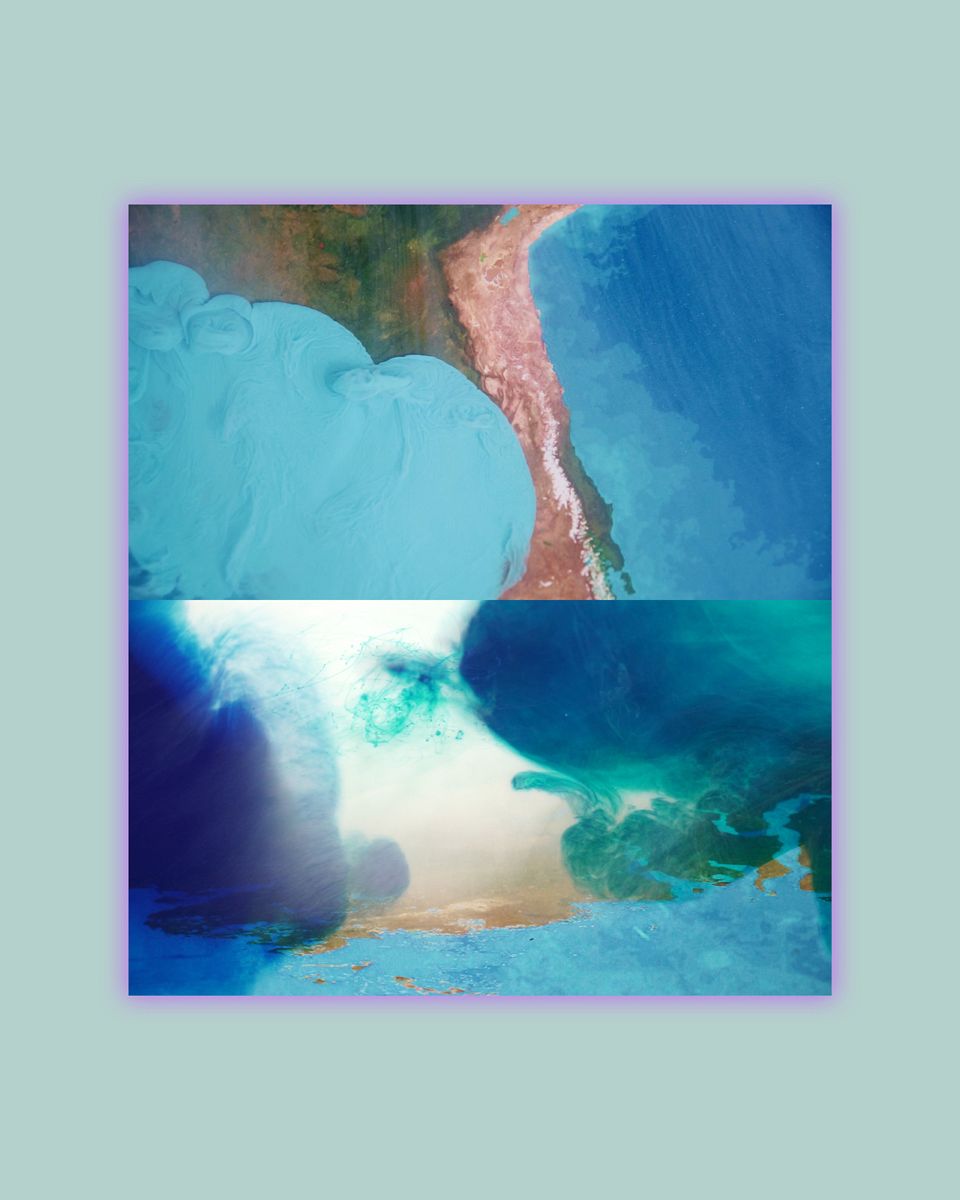
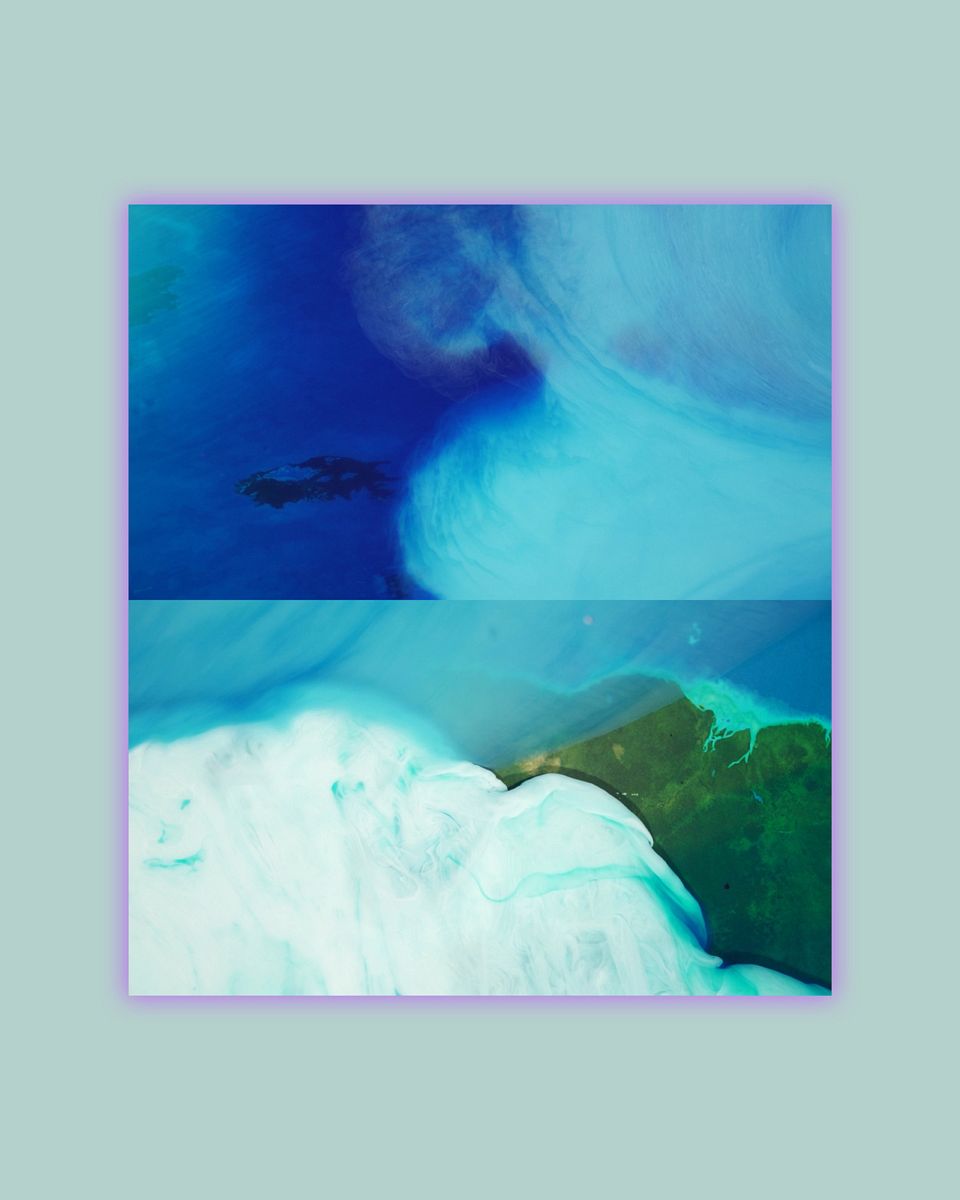
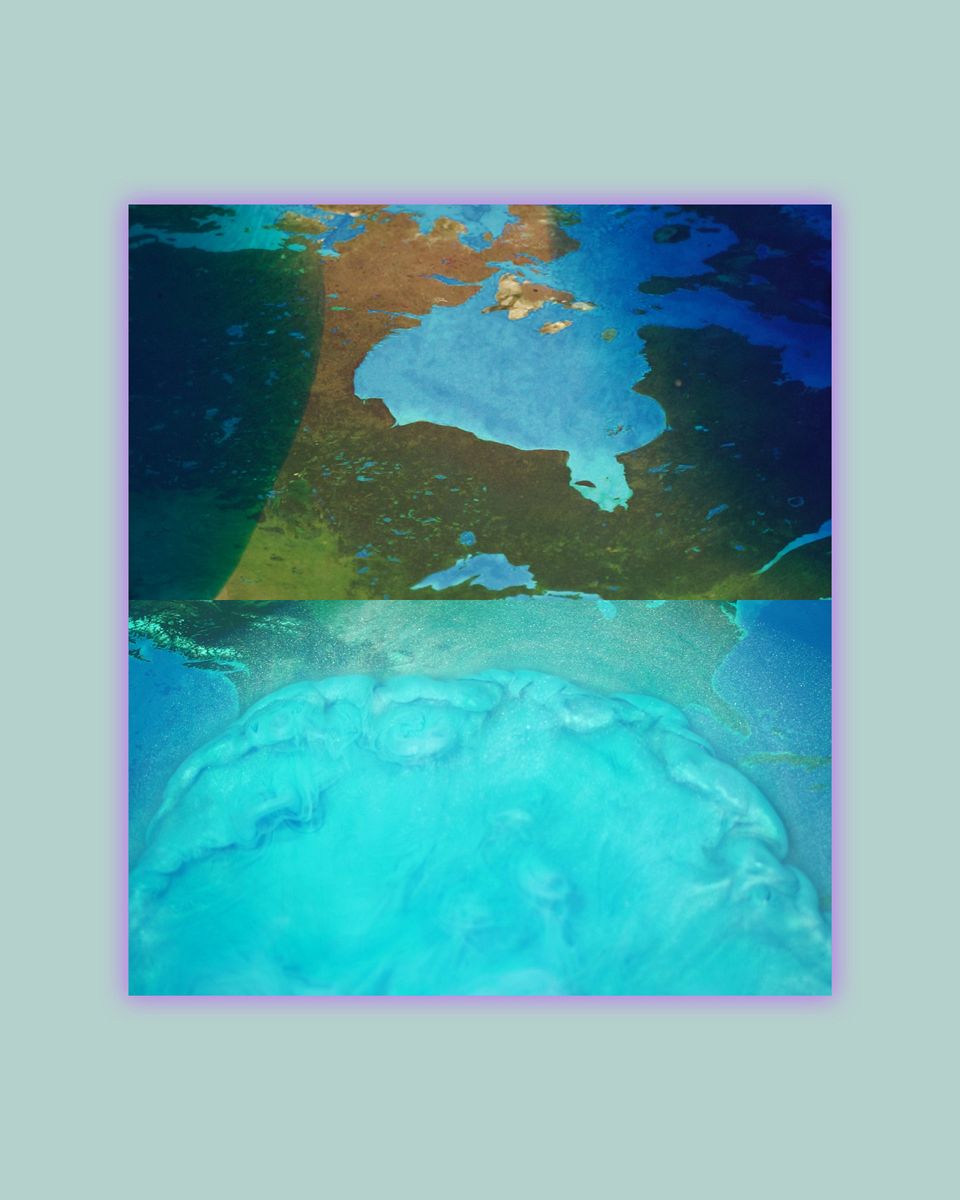
THESIS
Hyperdisaster
In his research, Tilius Sodeika is looking at the current events organised by Extinction Rebellion, globally growing ecological movement, and compares them to the social reactions of disasters described by Rebecca Solnit in her book "Paradise built in hell". Tilius Sodeika uses the term 'hyperobjects', introduced by Timothy Morton and synthesises it with his findings to come up with 'hyperdisaster' and to describe the scale in time and space the disaster modeled by the scientif community in the context of global warming. Tilius Sodeika tests his term by applying it to Extinction Rebellion movement. By analysisng the semiotical, rhetorical and design relations in the mevement Tilius concludes on how society's reaction to global warming is existing not only in hypothetical terms but the same way it would during a disaster without the crisis being present.